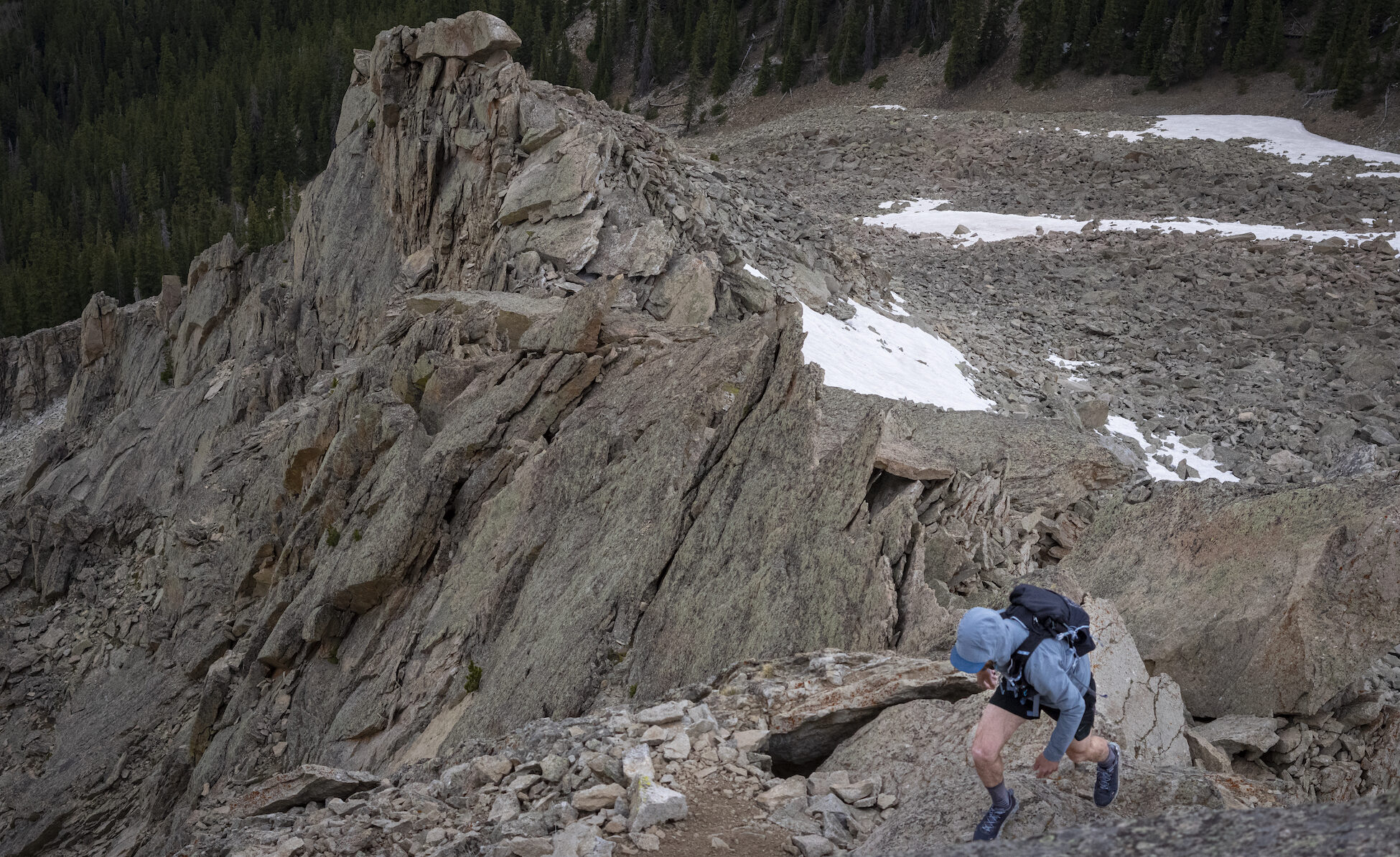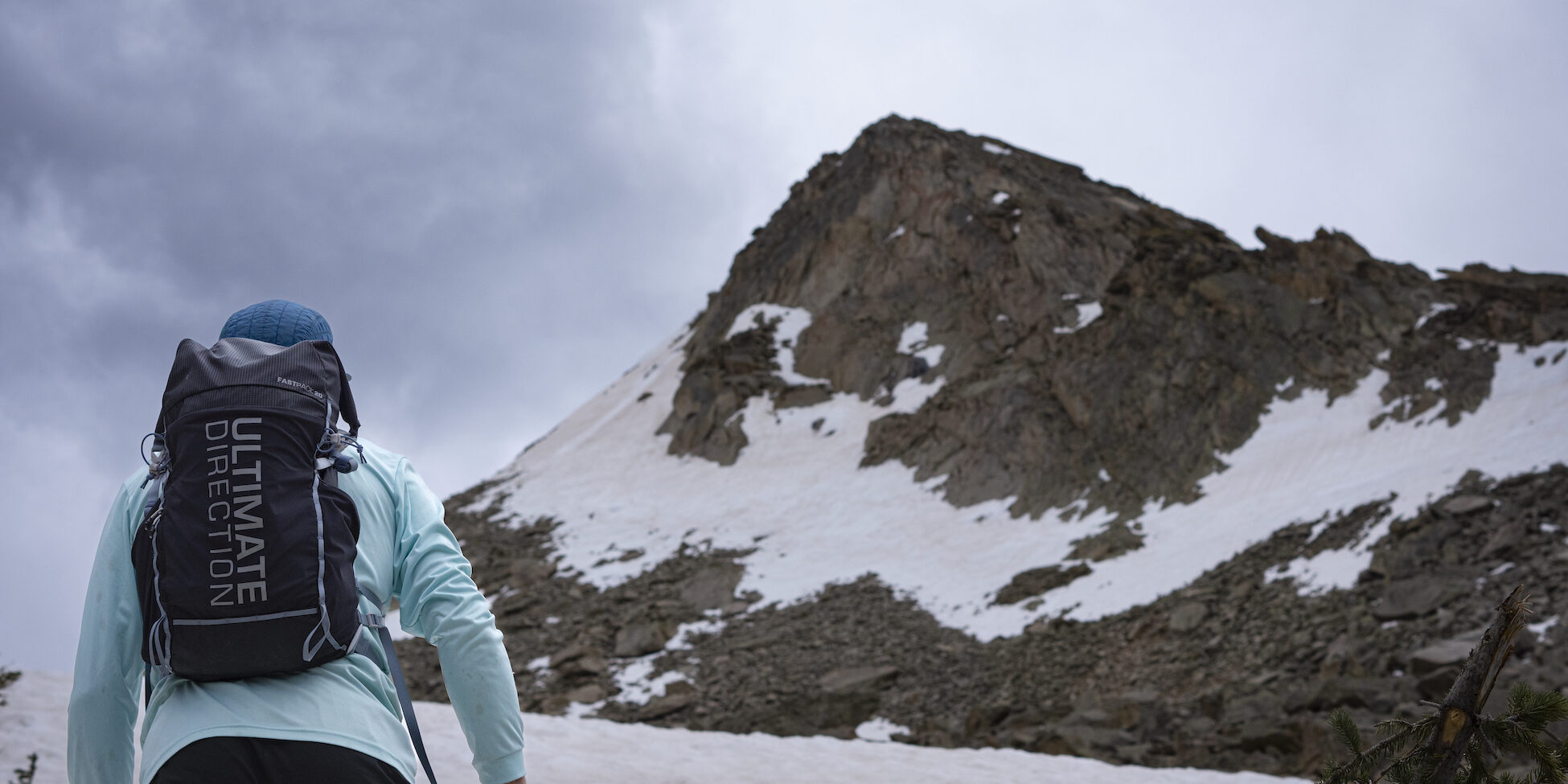
Intro
Running vests can add a lot of versatility to what you can do and how far you can go out on the trails. Gear requirements tend to increase when we trade roads for singletrack, and sometimes the items we need within reach exceed what we can be crammed into shorts or carried in hand. Running vests offer storage space for extra food, water, and just about any piece of gear you might need in the backcountry, and unlike traditional hiking backpacks, they’re designed with the demands of running in mind. Vests do a better job of keeping weight closer to your center of gravity and the elastic fabrics used in most models prevent contents from jostling around once packed. We have been testing several vests and packs over the last few months, and have found options that work for everything from quick runs to multi-day fastpacking trips. So check out the variety of running vests that we’ve been spending time in – there’s a good chance that one of them might be just what you’re looking for.
Salomon Sense Pro 5 Vest
MSRP: $160
Size Tested: Small
Reviewer Size: 5’9”, 150 lbs / 175 cm, 68 kg
Stated Weight: 144 g
Volume: 5 L
Materials: Polyester, Polyamide, Elastane
Matt: I should admit from the outset that, up until a few years ago, I would go to any extreme to avoid wearing a running vest. This wasn’t out of some religious commitment to “minimalist running” or anything like that, I just never really enjoyed how cumbersome the models I tested felt. However, a lot of my time on trail these days involves outings long enough to necessitate more gear than short pockets or a waist belt can accommodate, so I’ve been forced to pick back up my search for trail running vests.
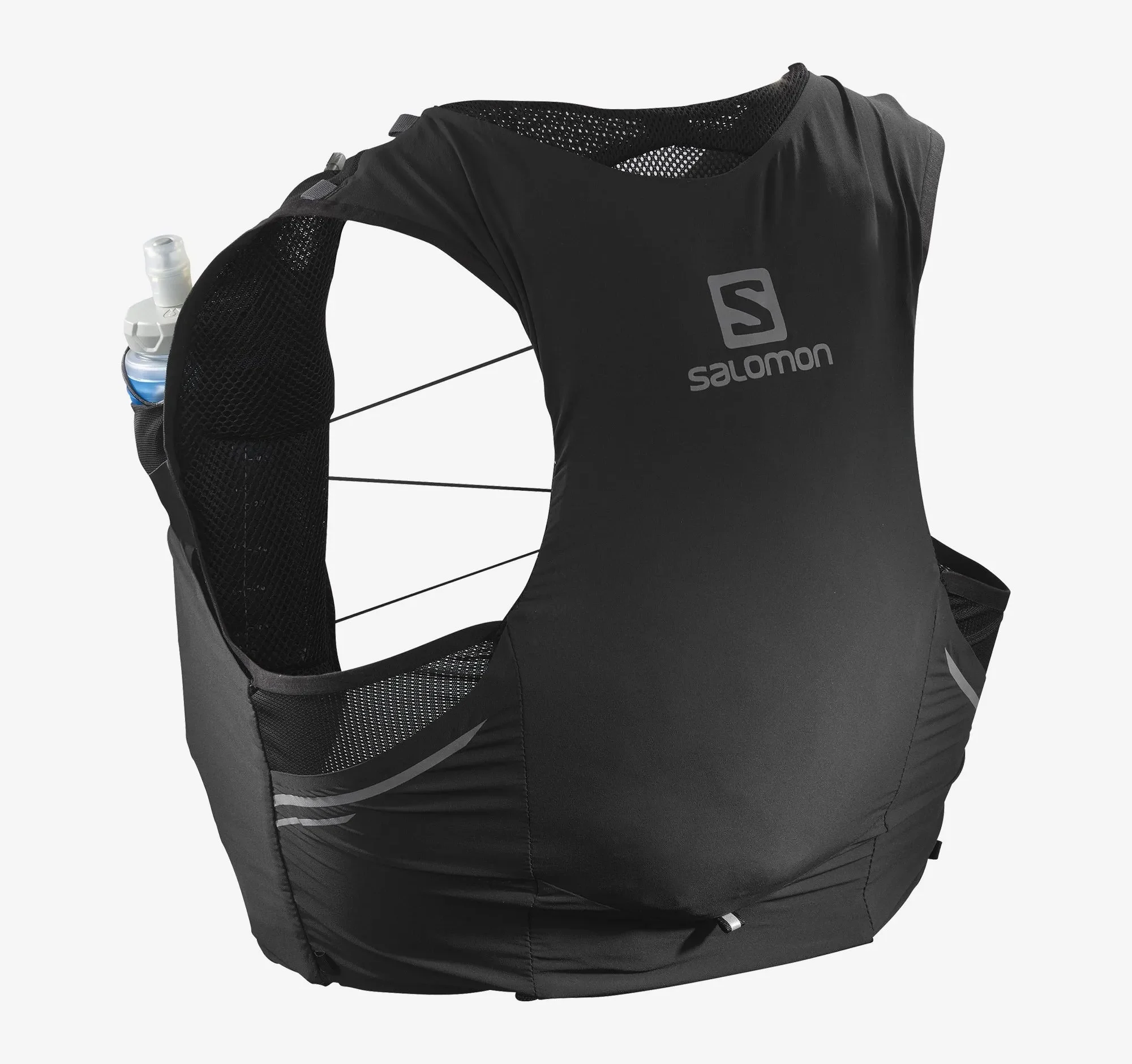
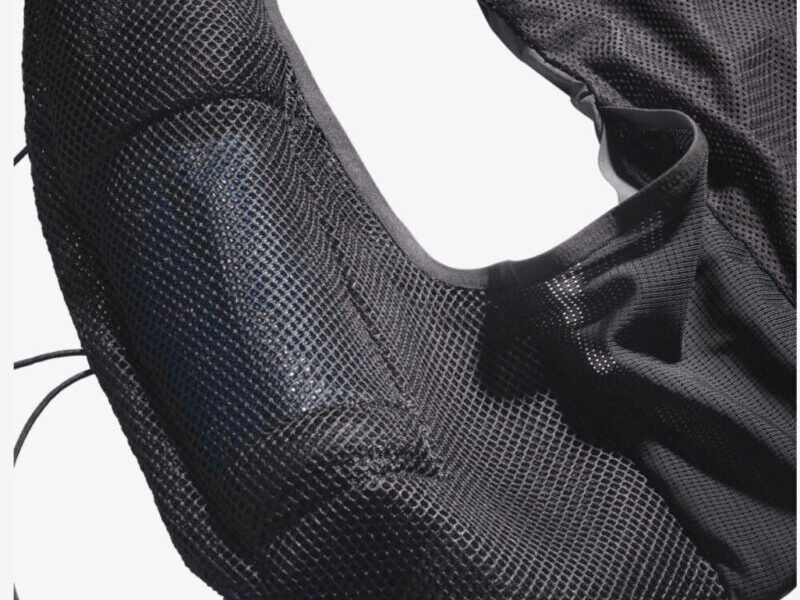
In terms of storage space, the Sense Pro 5 splits up its carrying capacity pretty evenly. Up front, dual shoulder straps each have a sleeve for a 500 ml soft-flask that sits above a deep stretch pocket, with an additional roomy zippered pocket sewn in on the left side. A fourth smaller compartment sits higher up near the collar and is the perfect size for stashing a car key or emergency gel. Moving along toward the rear of the vest, dual side-holster stretch pockets under the arm openings abut a large kangaroo compartment that takes up most of the back panel. The Sense Pro 5’s design gives you options for how you want to distribute weight, and if you pack tactfully, the snug nature of the vest will prevent heavy loads from shifting while on the move.
My only complaints have to do with how the Sense Pro 5 navigates hydration options. I understand how a concentration on trail racing influenced much of the vest’s minimal structure, but I can’t quite square why Salomon chose to omit a hydration bladder sleeve. While I don’t typically need to carry that much water, a vest at this price point ($160) should at least entertain the option. Additionally, I’ve come to abhor the two 500 ml soft-flasks Salomon includes with the Sense Pro 5. When not completely stiff with water, getting the bottles to slide into their respective sleeves can feel like trying to put toothpaste back in its tube, and we all know the deal with that. This problem has been an ongoing saga for Salomon, and at the behest of customers, they eventually added rigid bases to the bottom ends of their soft-flasks to make reinsertion into their vest easier. While a slight improvement, I still struggle with them, and on longer runs, I now notice that the soft-flasks’ hard bases begin to dig into my ribs.
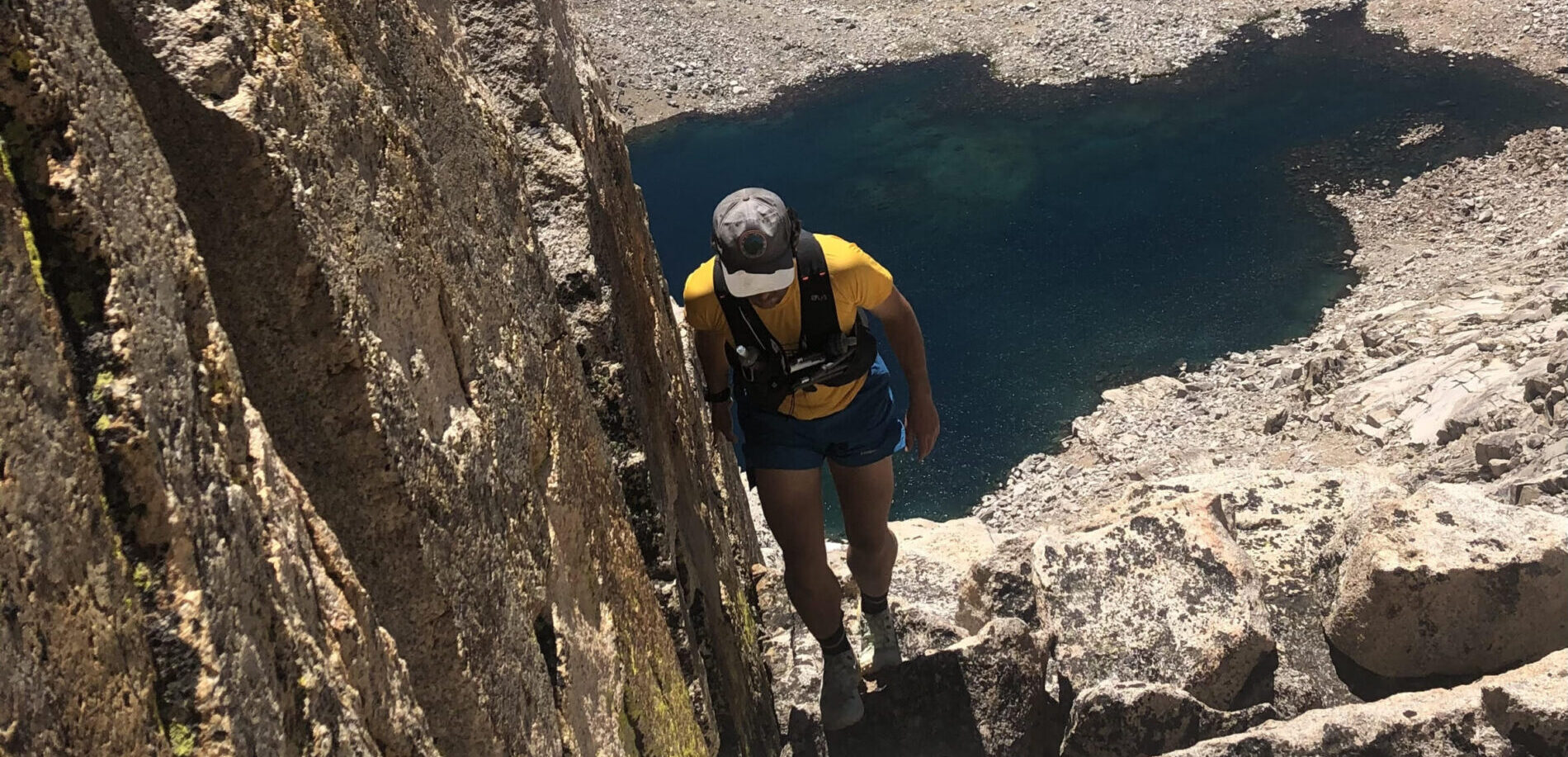
Salomon ADV Skin 12 Vest
MSRP: $160
Size Tested: Medium
Reviewer Size: 5’11”, 165 lbs / 180 cm, 75 kg
Stated Weight: 355 g
Volume: 12 L
Materials: Polyester, Polyamide, Elastane
Drew: Over the past 500 miles, I’ve worn Salomon’s ADV Skin 12 running vest for everything from trail runs to ridgeline scrambles and full-day outings in the mountains. Throughout those adventures, I’ve hardly noticed the vest — and that’s a good thing. The ADV Skin 12 has a stretchy framework that allows it to be cinched down quite tightly without being uncomfortable. Because of how understated the vest feels, I’ve been able to focus more on navigation, footwork, communication, and consequential climbing moves.
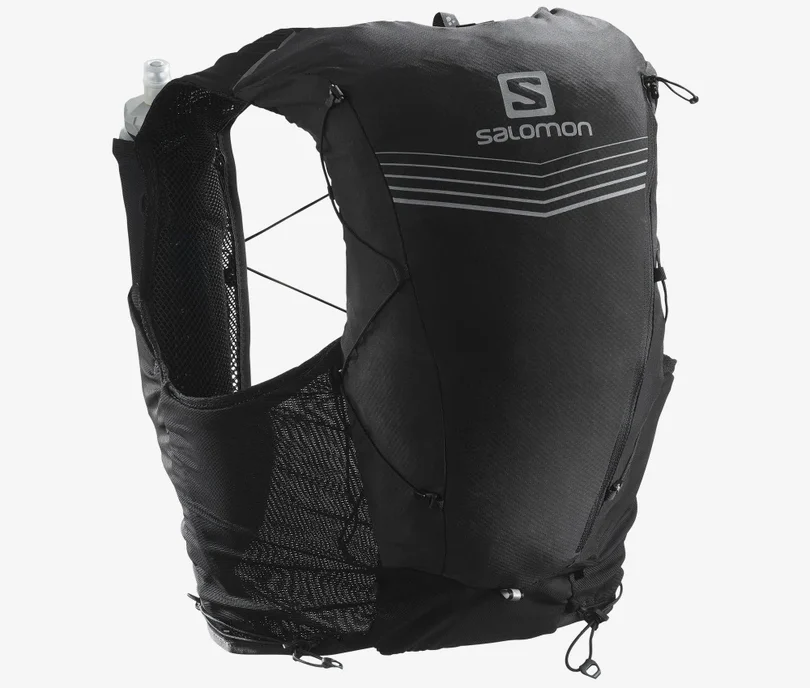
The foundation of Salomon’s stretchy “Sensifit” system is a combination of shock cords across the chest and the bottom of each side of the vest. This simple setup seems to nail fit better than any other vest I’ve tried: it’s lightweight, adjustable on the move, doesn’t chafe, and maintains its tension across different pack loads and distances.
The compartments are also stretchy, which has enabled me to pack for long days without having to sacrifice non-essential items I still want to take with me. Salomon claims the capacity extends to 20 liters, though I suspect that number is actually closer to 25 liters. With the main rear compartment, side sleeves that extend across the lumbar spine, and two pockets on each breast, I’ve been able to pack for 20-hour outings. Along with the stretch of the vest, it’s the deft and simple design of the ADV Skin 12 that allows for efforts of this length. Because no pocket is sized for one specific item, I have more flexibility when it comes to what I can pack.
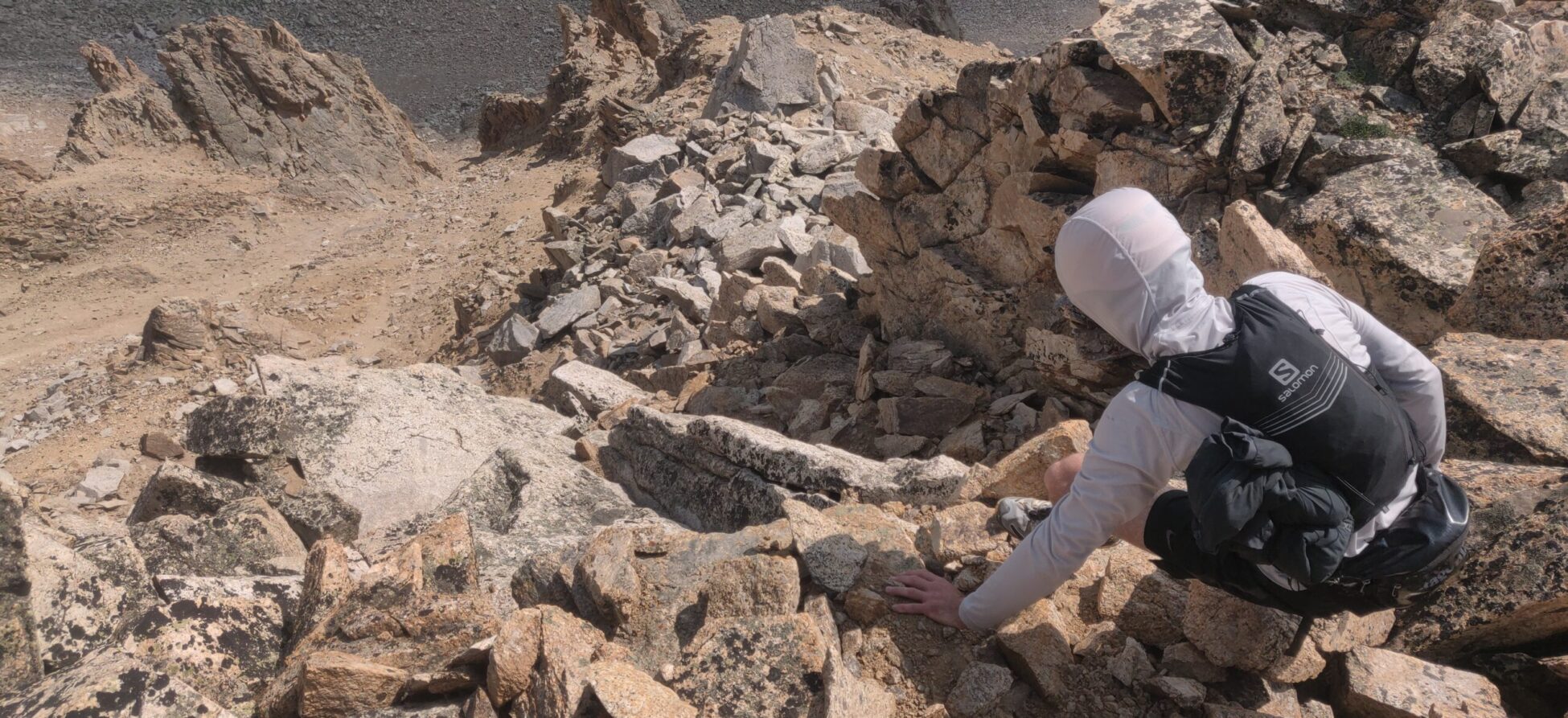
Black Diamond Distance 15 Pack
MSRP: $159.95
Size Tested: Small
Reviewer Size: 5’9”, 150 lbs / 175 cm, 68 kg
Stated Weight: 144 g
Volume: 15 L
Materials: UHMWPE 100d Nylon 4mm Ripstop
Matt: After I thru-hiked the PCT in 2018, I went through some serious withdrawals from backpacking. Things were glum. All I craved was to be back on the trail, walking in arbitrary directions all day. Getting into running was a way for me to revisit that idle sense of purpose, but just briefly. It was only after I started fastpacking that my wistfulness for the PCT began to abate. Condensing what would normally be a weeklong backpacking trip into just a few days flooded me with the same satisfying fatigue as thru-hiking.
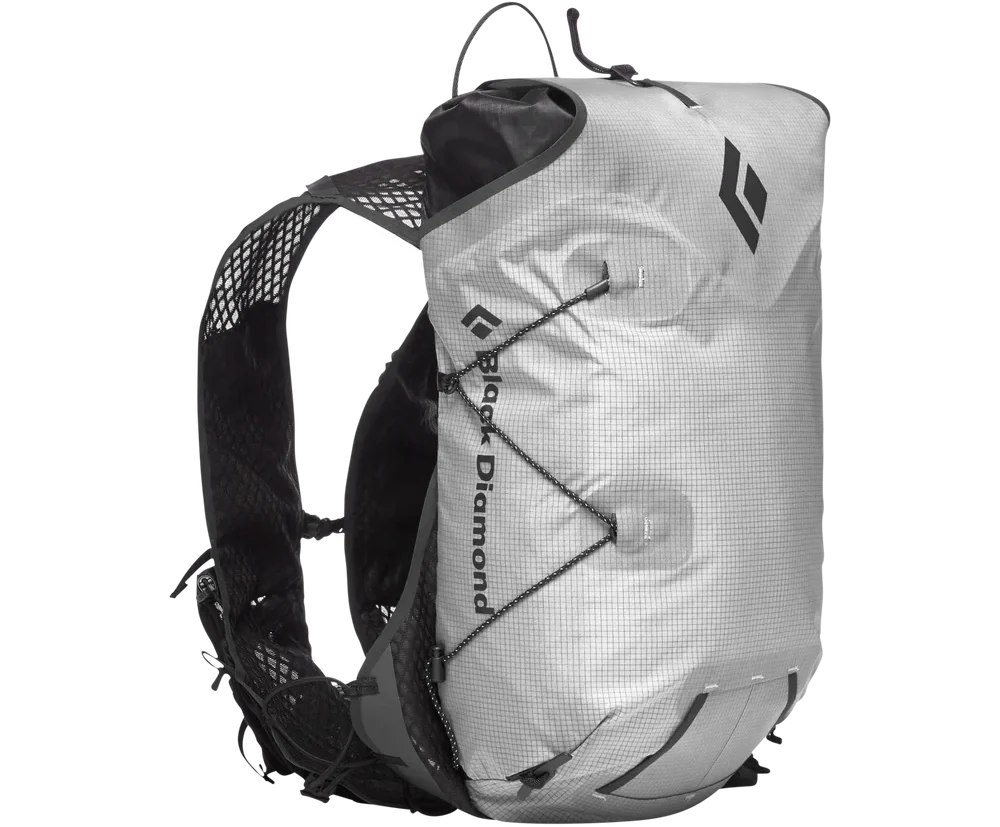
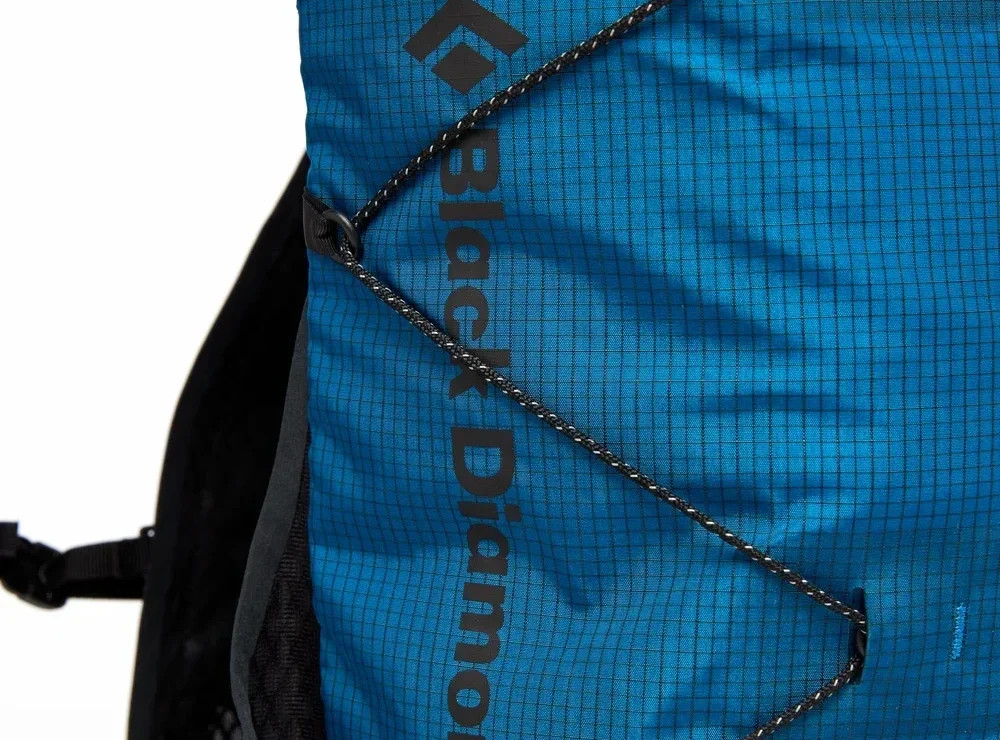
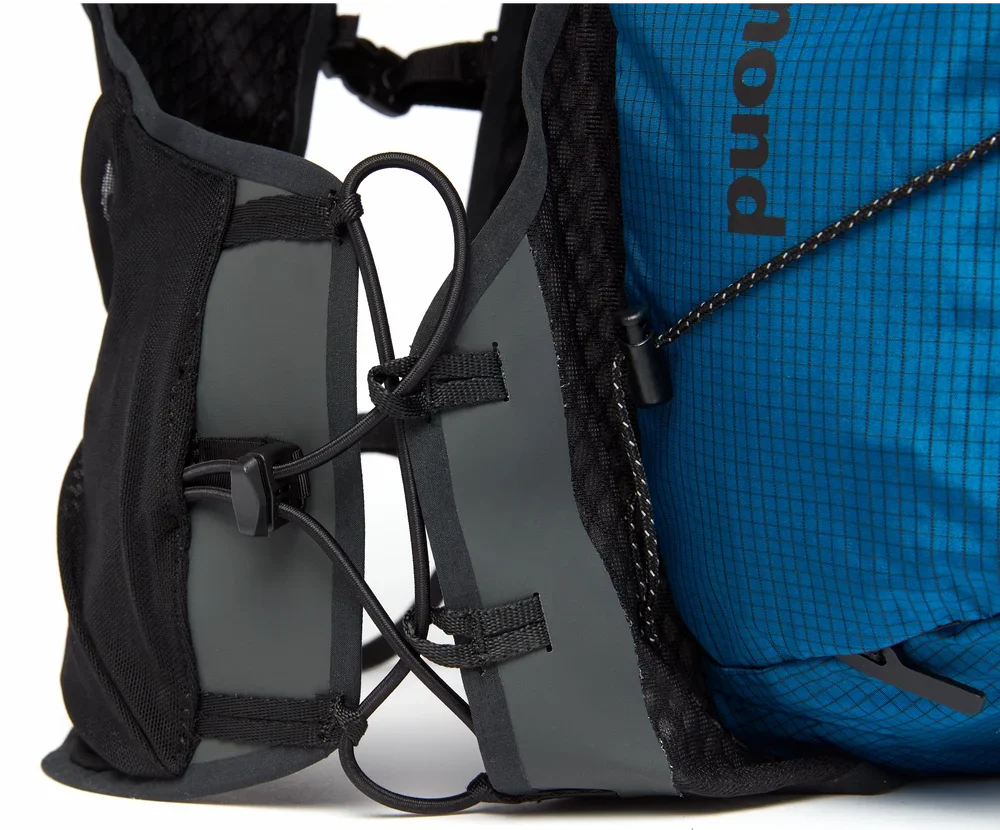
The Black Diamond Distance 15 locked down its spot as my go-to option for fastpacking trips ranging from 1 to 3 days, but that doesn’t mean it’s without flaws. The pack is designed to carry a minimal backcountry setup (i.e., of the ultralight variety), so I understand not including a hip belt, but I found myself wanting one to help offset heavy water carries. This actually dovetails nicely with my second nitpick: a lack of external side pockets for water bottles. I mentioned above my vexation with the Salomon Sense Pro 5’s soft flasks, and while retrieving / reinserting bottles from the Distance 15’s soft flask sleeves is painless when the attendant front pockets are empty, it’s nearly impossible to do when they’re full. I wish Black Diamond had added dual side pockets to the exterior of the Distance 15 so I’d have an alternative to storing water up front and didn’t have to allocate room in the pack’s main compartment for a hydration bladder.
Nitpicks aside, the Black Diamond Distance 15 is an excellent option for multi-day outings. Whether you’re racking up mileage running on trails or surmounting technical alpine objectives and need something capable of carrying climbing equipment, this pack has the volume to get you to where you want to go and the fit to stay out of your way.
Ultimate Direction Fastpack 20
MSRP: $149.95
Size Tested: Small / Medium
Reviewer Size: 5’11”, 165 lbs / 180 cm, 75 kg
Stated Weight: 590 g
Volume: 20 L
Materials: Polyester
Drew: Ultimate Direction’s Fastpack 20 has long been a mainstay in the space of multi-sport packs built for running, climbing, and long alpine missions. As an alternative to my Salomon ADV Skin 12 vest, I use the Ultimate Direction Fastpack 20 mostly for overnight missions, unsupported ultra-distance runs, or days when running serves only as an approach to and egress from a long alpine traverse. Given its 20-liter capacity, the Fastpack 20 is not quite as stable as a traditional, lower-volume running vest, but it’s still a much better option for running than a traditional backpack, due to its low-profile main compartment, midriff cut, cinching nylon side-body straps, and minimalistic waist belt. That said, with 20 liters worth of gear, this pack won’t carry weight as comfortably as an ergonomically cut backpack with plush shoulder straps and a waist belt.
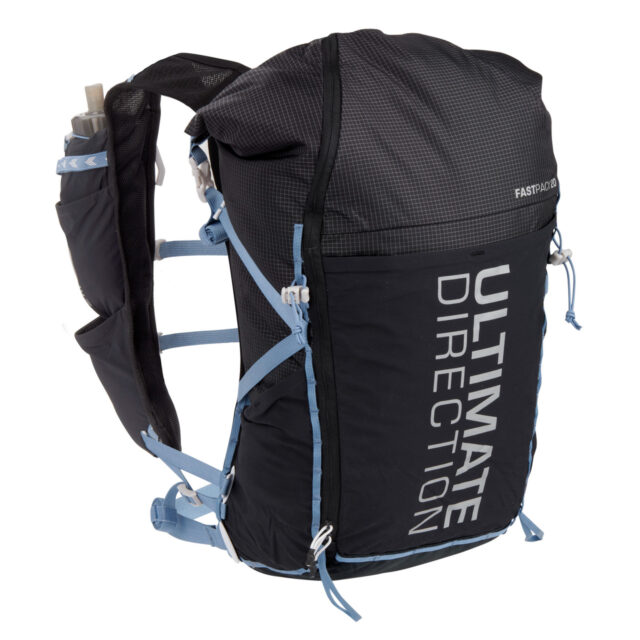
Like a classic running vest, the Fastpack 20 features a series of pockets down the shoulder straps that make accessing water, food, a phone, and other small items pretty easy. Though, like many other Ultimate Direction packs, these pockets are so specifically sized it sometimes feels like I need a user’s manual to figure out how to maximize all that packing space.
In comparison, the design of the main storage compartment allows for more versatility. Ultimate Direction’s closure system is made up of a roll top connecting to compression straps on each side of the pack, which has kept my equipment packed tightly, regardless of how excessively or minimally geared up I am. Lining the exterior of the pack is a two-way zipper that allows for access to the main compartment without having to undo the roll-top and root through layers of gear.
